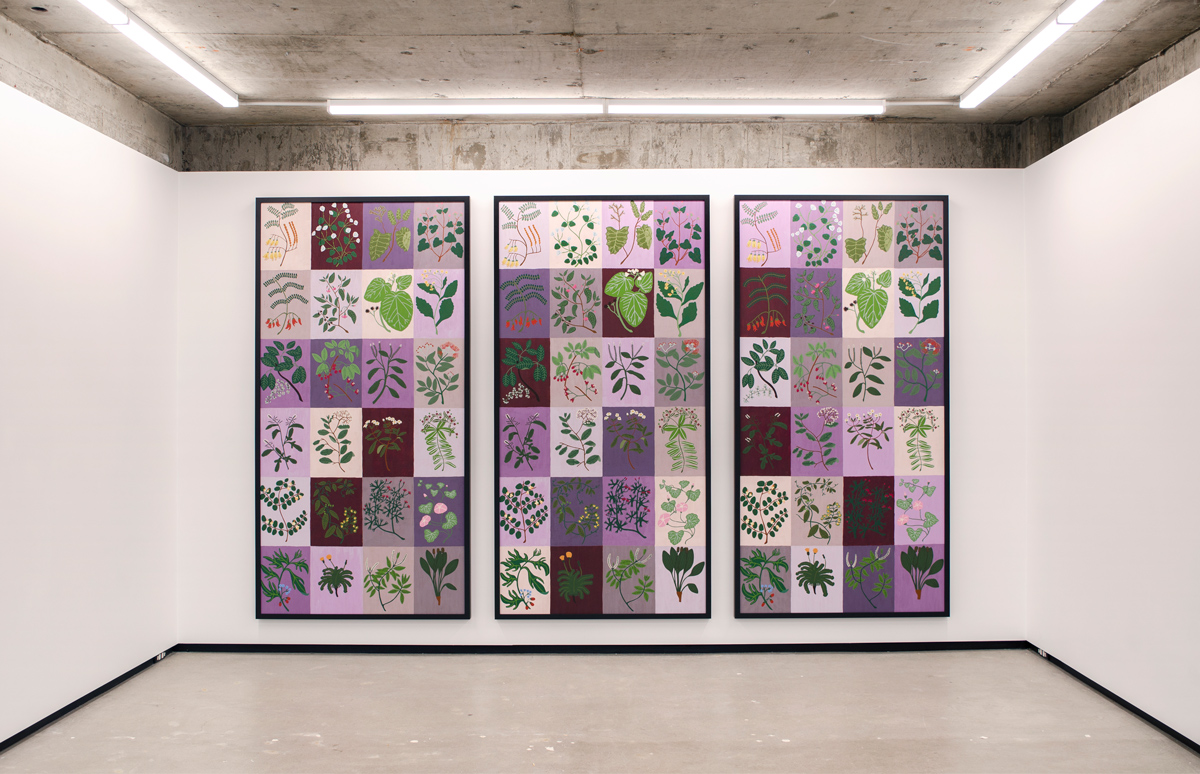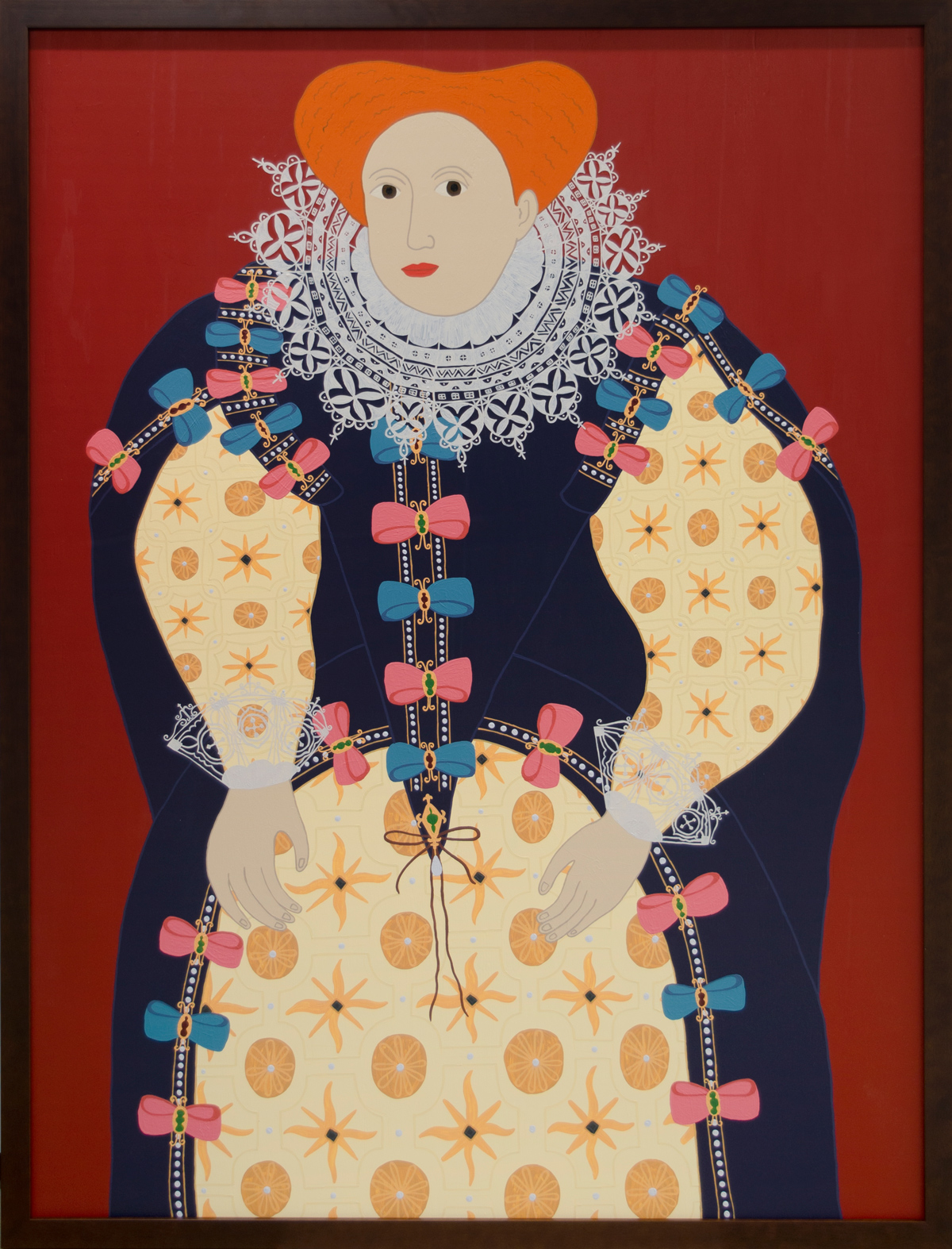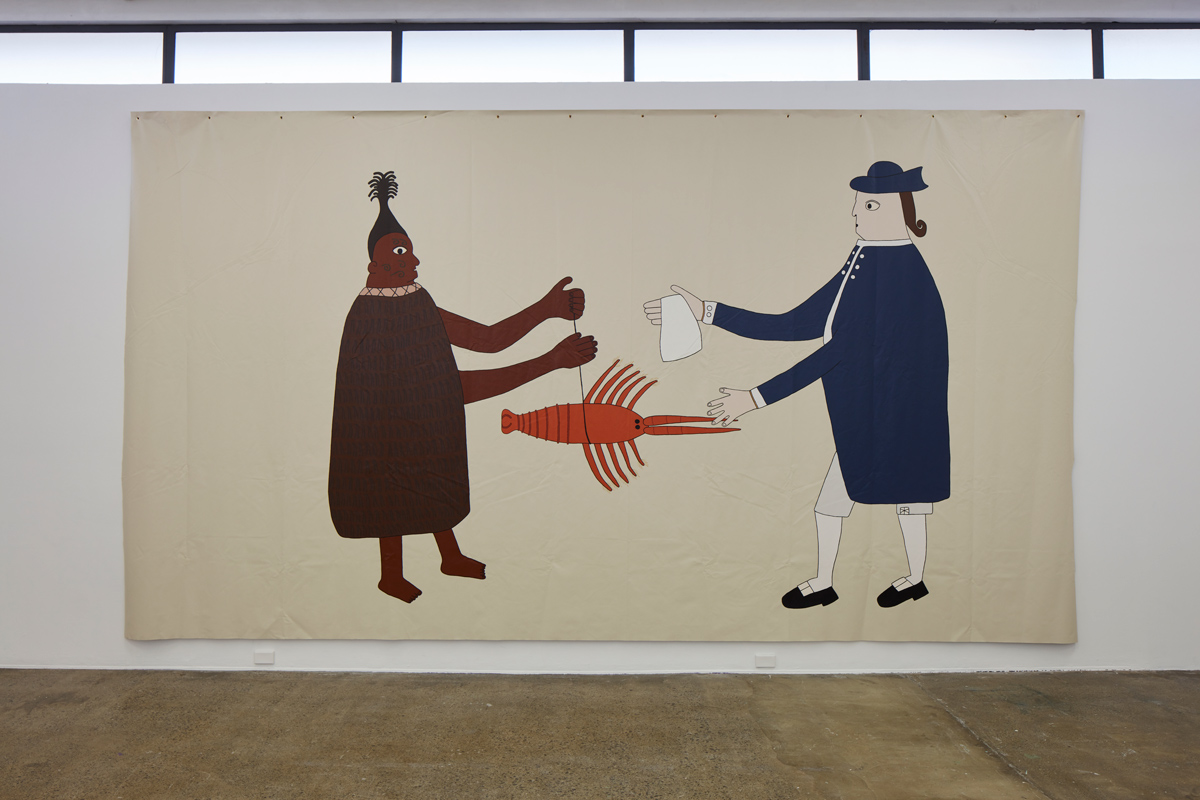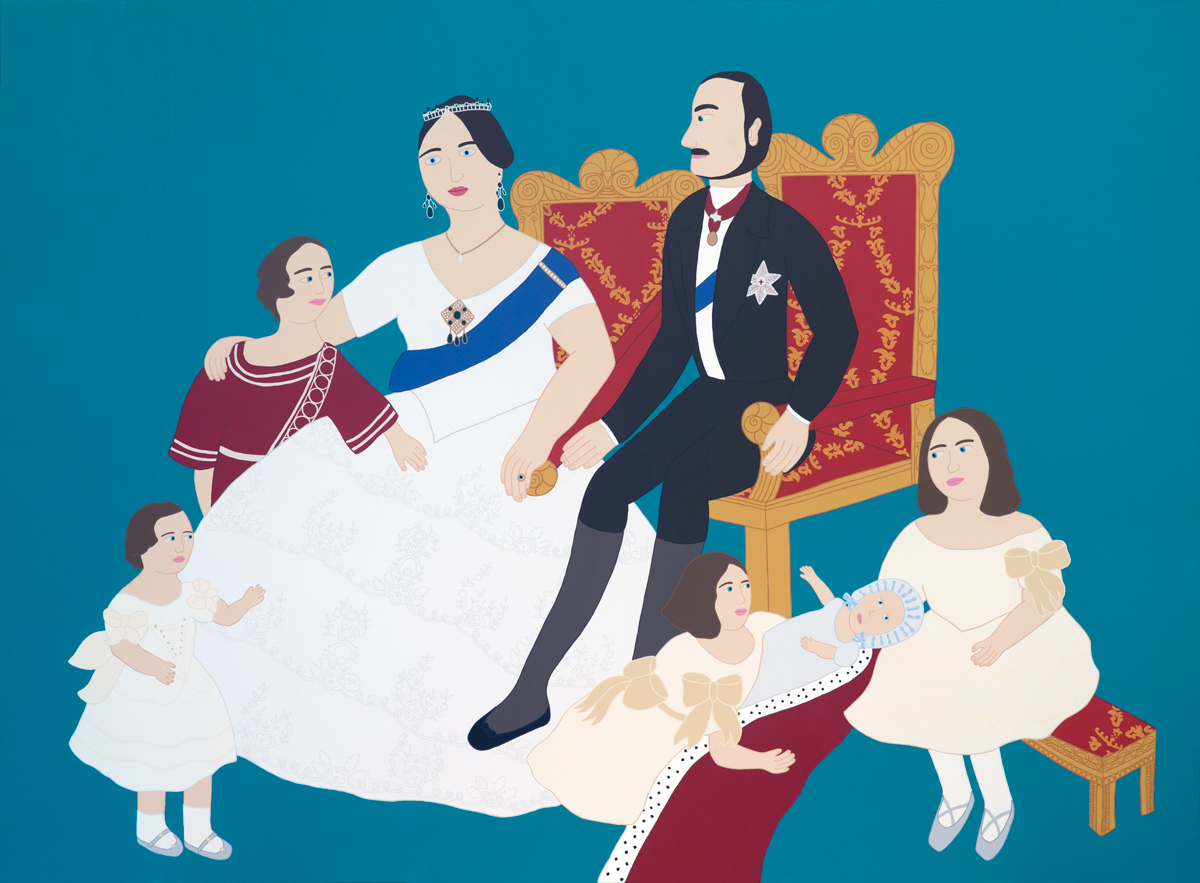Shaping Aotearoa
Ayesha Green (Kai Tahu, Ngāti Kahungunu) is an artist based in ātepoti and her work, with it’s striking use of flat colours, concentrates on the visual language of nation building. Her work has quickly gained attention and last year she was announced as the winner of the National Contemporary Art Awards and earlier in 2020 she received the inaugural Springboard Award through the Arts Foundation.
We spoke to her about her work and the role contemporary Māori artwork has in shaping Aotearoa.

Do you see the big international events of these recent years having an affect on your subject matter?
It has given me more urgency and has made me wonder how art can contribute to meaningful global systemic change. I don’t have any firms answers for that though.
In regards to subject matter, I think now is an important time to be weary and critical of the stories that we tell ourselves about ourselves and perhaps art is a great place to begin that critical enquiry.
What was the impetus that brought you to covering nation building in your artwork?
The very fabric of our nation is woven from the relationship between Māori and settler colonialists. It is this relationship that I am interested in. How do we relate to one another, how are these relationships formed and how do those relationships function?
There is an unequal distribution of power, due to colonisation, and if we can see how that power plays out in the ideology of our nation, we might better understand how to tip the scales.

You were a recipient of this year’s Springboard Award from the Arts Foundation, which includes mentorship from Suzanne Ellison MNZM who has a significant history as a supporter and advocate of Māori arts and culture. How do you see this mentorship shaping and evolving your work?
Suzanne is an incredible person and I feel very privileged to have her as a mentor. The award has meant that I am able to carve out time to think beyond what is happening in my studio.
Her and I are chatting about the art ecology at large, looking at the intricacies of our institutions and art career paths. How do we create more Māori agency in the art community? What needs do Māori have in order to thrive in these art spaces? It’s these types of questions that her and I are thinking through – and hopefully with some more pragmatic answers to come.
Are there any common themes you see running through Contemporary Māori artwork? Are there any major shifts you can pinpoint?
Maybe what sometimes gets lost is that Māori are all very different people, with an array of complex lives, diverse concerns, lived experiences and things that we love.
I am so lucky that there have been an incredible bunch of Māori artists that have paved the way for us to talk about all of these different things in lots of different ways. It’s because of these people that we are able to tell our stories in unique and intersectional ways.

What impact do you see the celebration of Contemporary Māori artwork having on the revitalisation of the language and culture within the wider New Zealand population?
Māori culture has always been here. Its revitalisation is a great reflection on how there have been slow and steady changes in Māori contribution to the national story. Possibly one of the reasons for this is that Māori are gaining more agency over their culture and how it’s articulated within New Zealand, whether that be in the arts, in health care, education, etc.
Personally, I’m most excited to see all of the artwork together in one spot, to see the threads that emerge and to see how the works sit and speak with each other.
Recently there has been a conversation around Māori naming, where businesses will offer an olive branch of changing their name to te reo, but not make any substantial institutional changes. What can institutions do to better include and engage Māori?
Governance. Give Māori leadership positions. Now.

What would you like to see for the future of New Zealand visual arts?
Risk taking. Sometimes the most beautiful things come from taking large risks. But in order to take these large risks, there needs to be support for that, support for failure.
I would like to see support for the artist who wants to do something strange and support for institutions that want to go off script. It is timely to try new things and to see what possibilities can emerge.
Top right image of Ayesha by Jameela George; Top left image: Nanas Birthday (a big breath), 2019, acrylic on board, 1220 x 1220. Image courtesy of The Waikato Museum Te Whare Taonga o Waikato.
